First Day at Bosque del Apache
/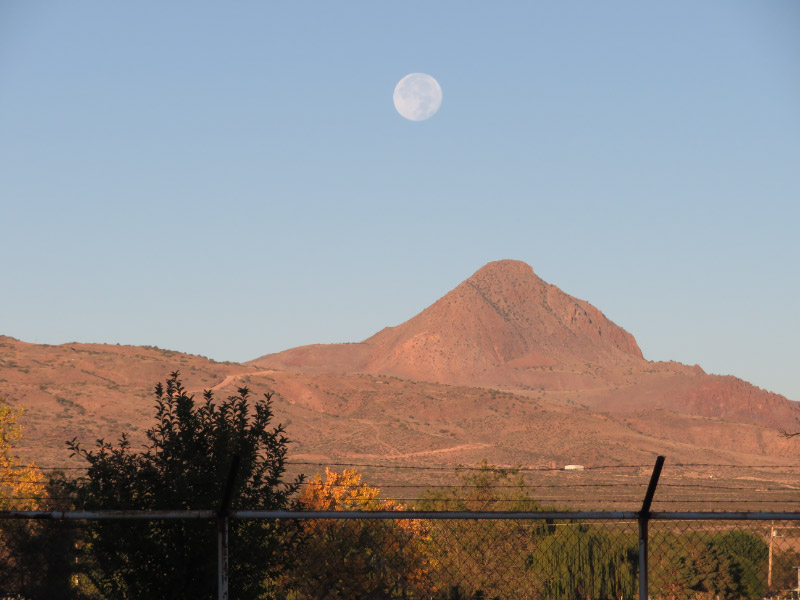
We made a leisurely tour of the Bosque del Apache National Wildlife Refuge on our first day (November 13) – not trying to get there in time for the fly out which happens at sunrise. We’d arrived at our hotel after dark the day before and took in the scene of the Magdalena Mountains to the west – and the moon - from our hotel parking lot as we got ready to go to the refuge for the first time.
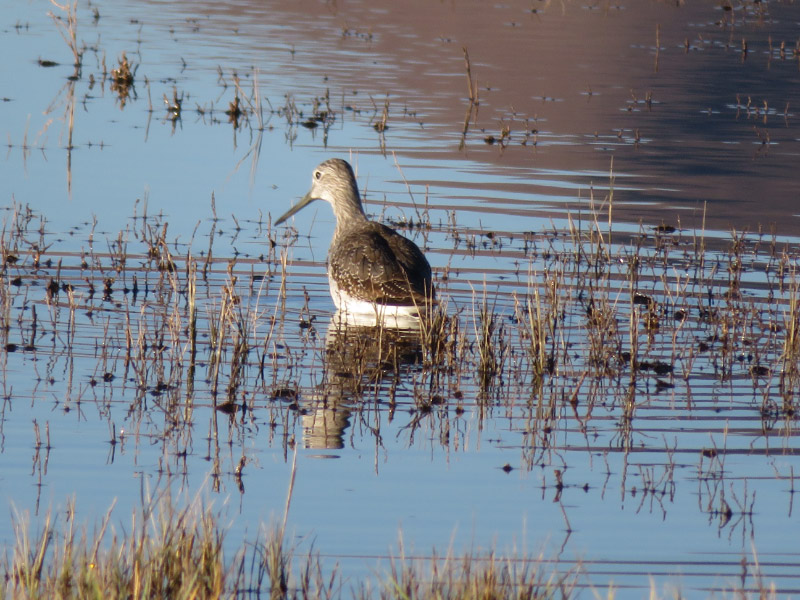
After a quick stop at the refuge’s visitor center, we drove around the wildlife loop. There were flooded fields and one of the first birds I saw was a yellowlegs – a bird I’d also seen on the west coast.
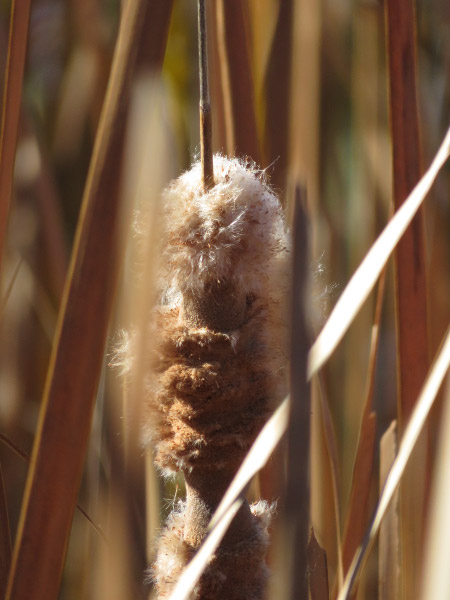
Cattails were also prevalent.
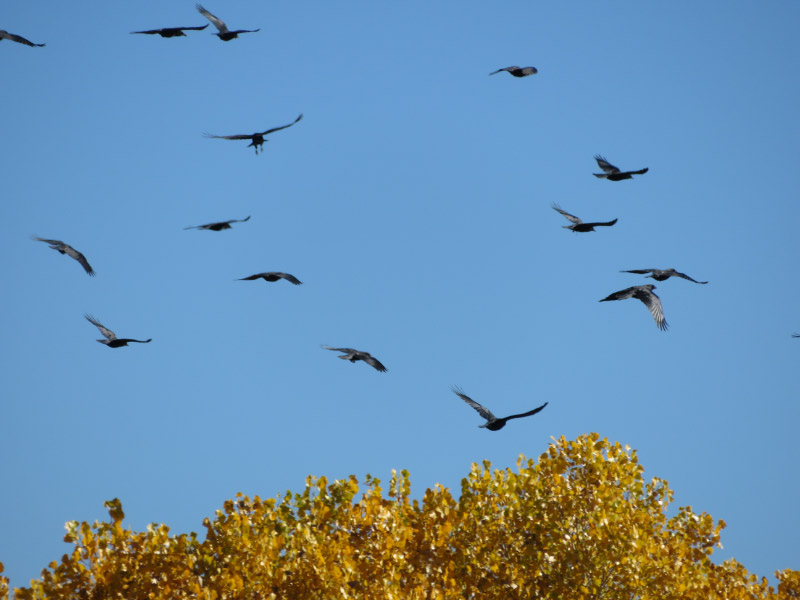
There were lots of crows that moved around together as we took a short hike.
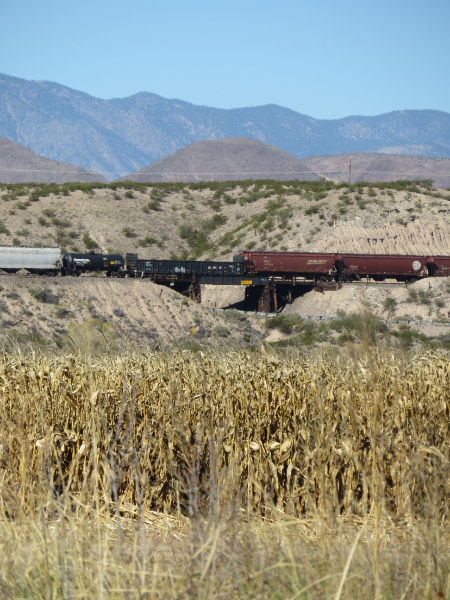
A train came through.
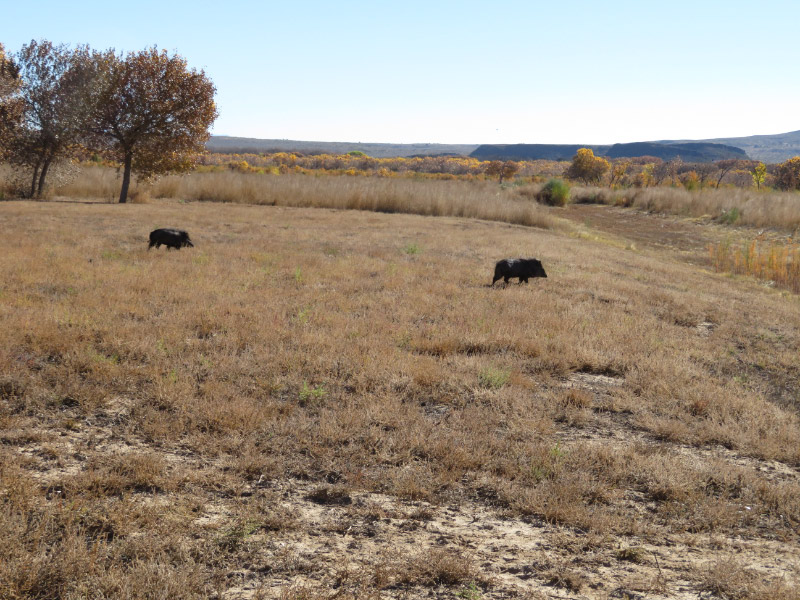
I was so focused on photographing the train that I was startled by two javelinas coming toward me! After they crossed the path, I managed to get a picture of them as they continued to move away.
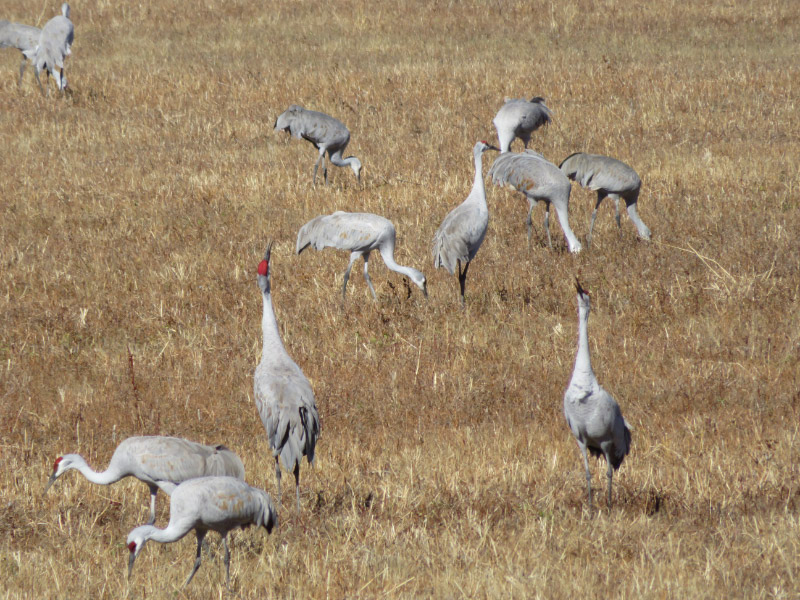
We saw sandhill cranes feeding in the field. The sometimes raise their necks and heads straight up and make lots of noise…and they ‘dance’ too.
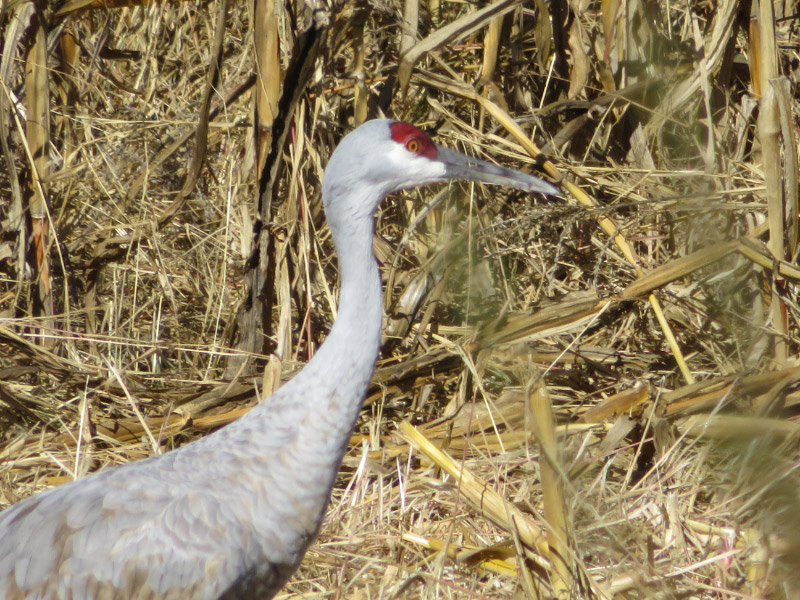
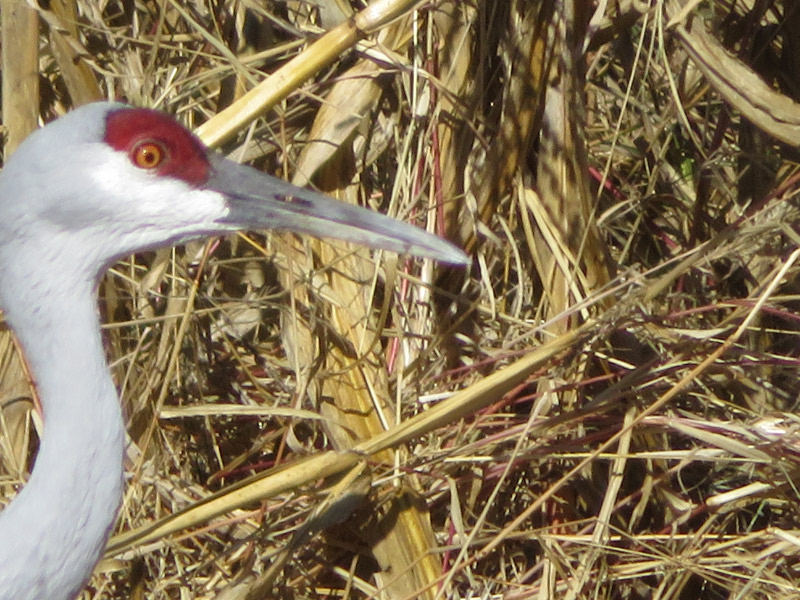
I was close enough to zoom in to get a picture of vegetation through the nostrils of a sandhill crane (nostrils are on the upper part of the bill)!
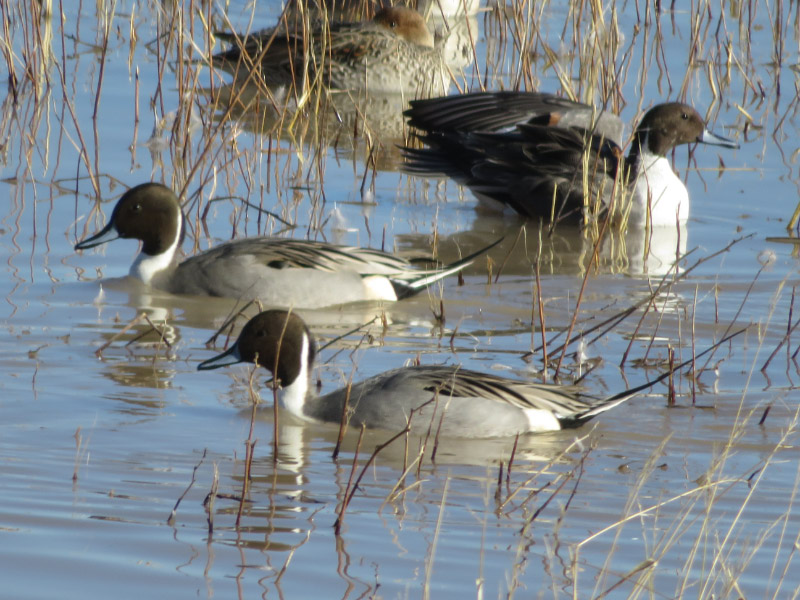
There were many Northern Pintail Ducks on the ponds
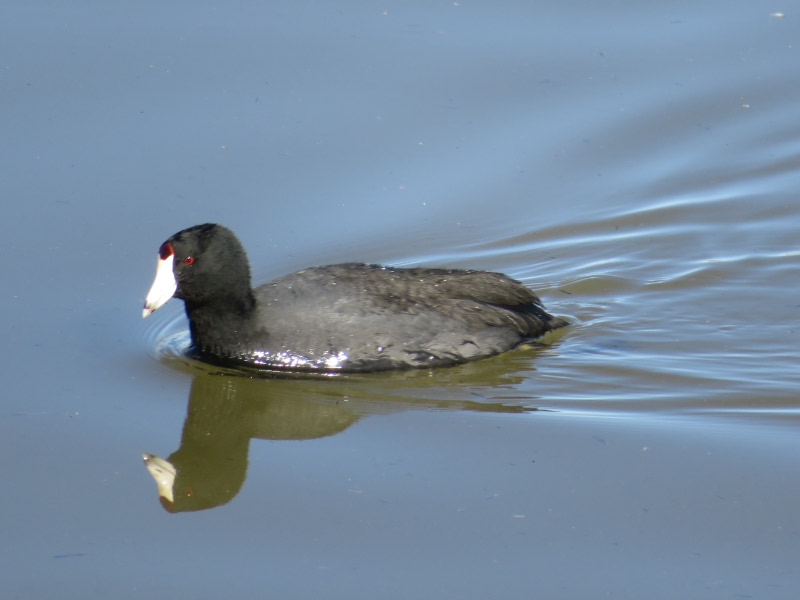
And American Coots
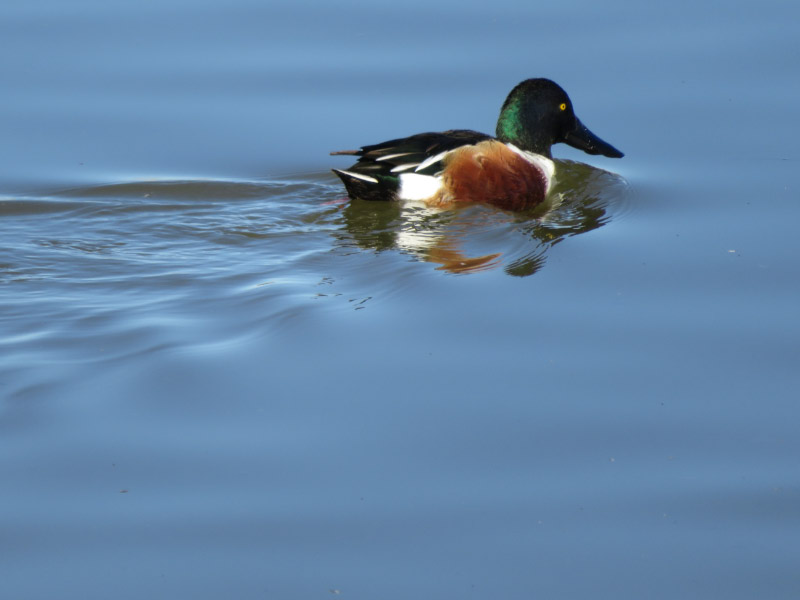
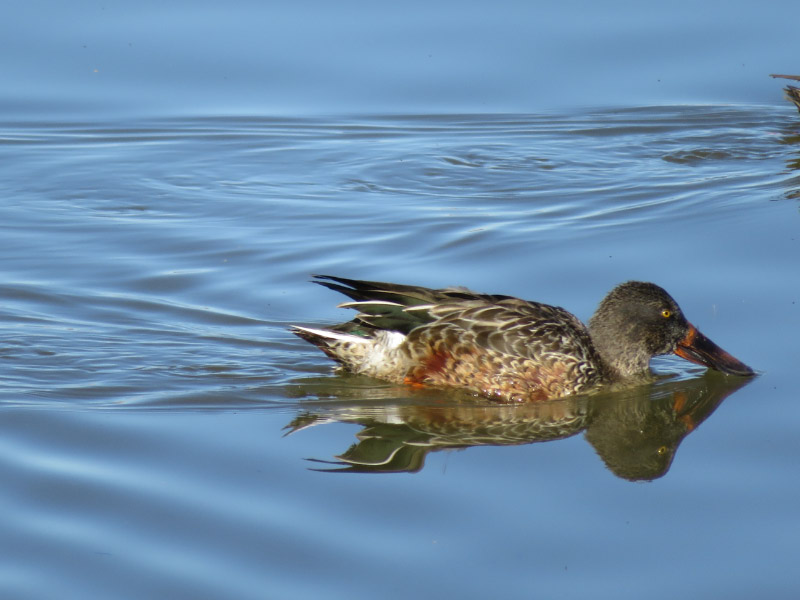
And Northern Shovelers (male and female)

And Buffleheads which are notoriously hard to photograph because they go under the water so frequently
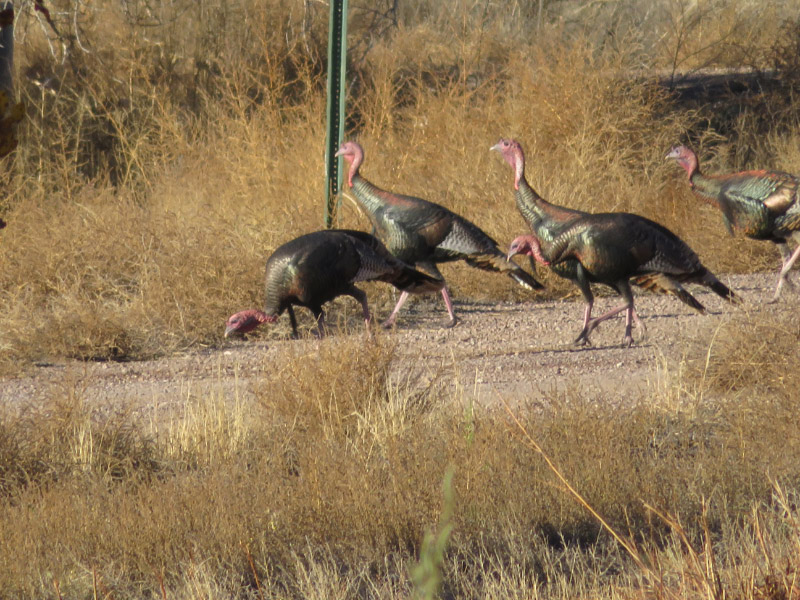
And turkeys
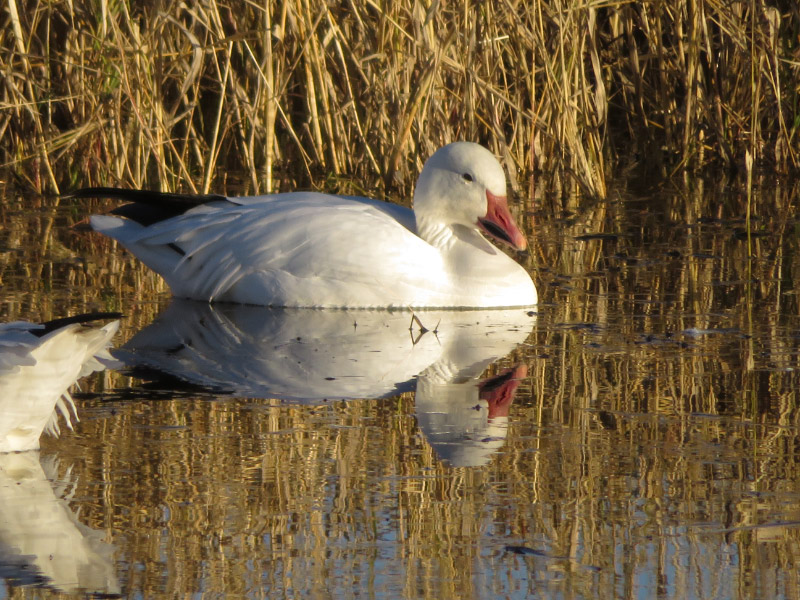
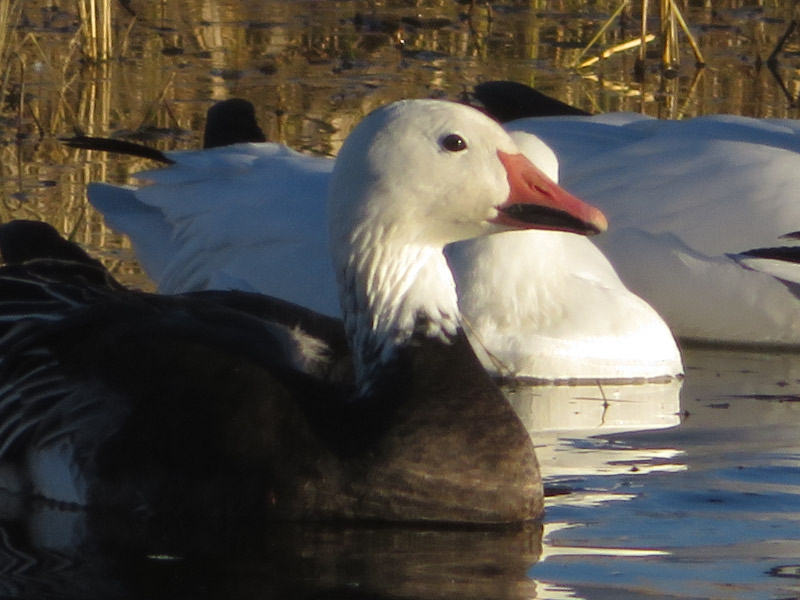
And two morphs of snow geese (white and blue, they are distinguished from the Ross’s goose by the dark mark on their bill).
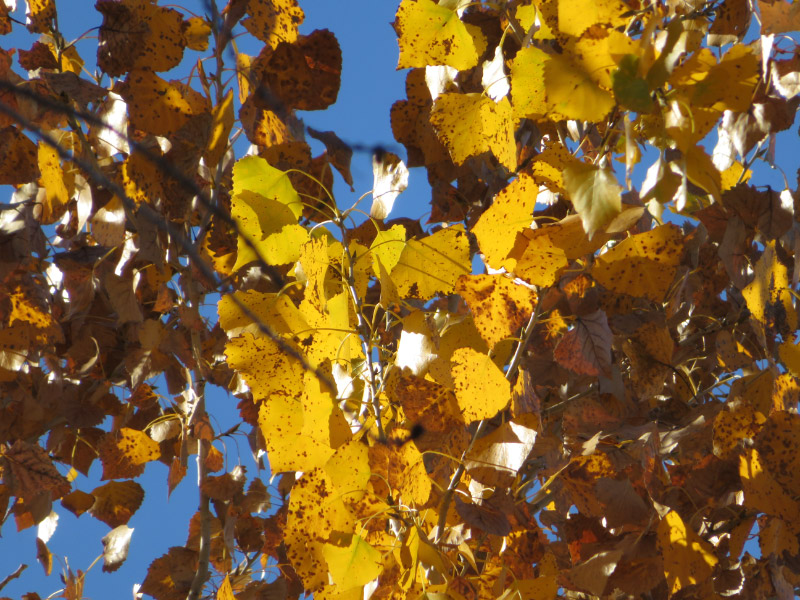
The cottonwoods were still full of yellow leaves since the weather had been mild until the later part of the week we were there.
It was a lot to see in one day!
























